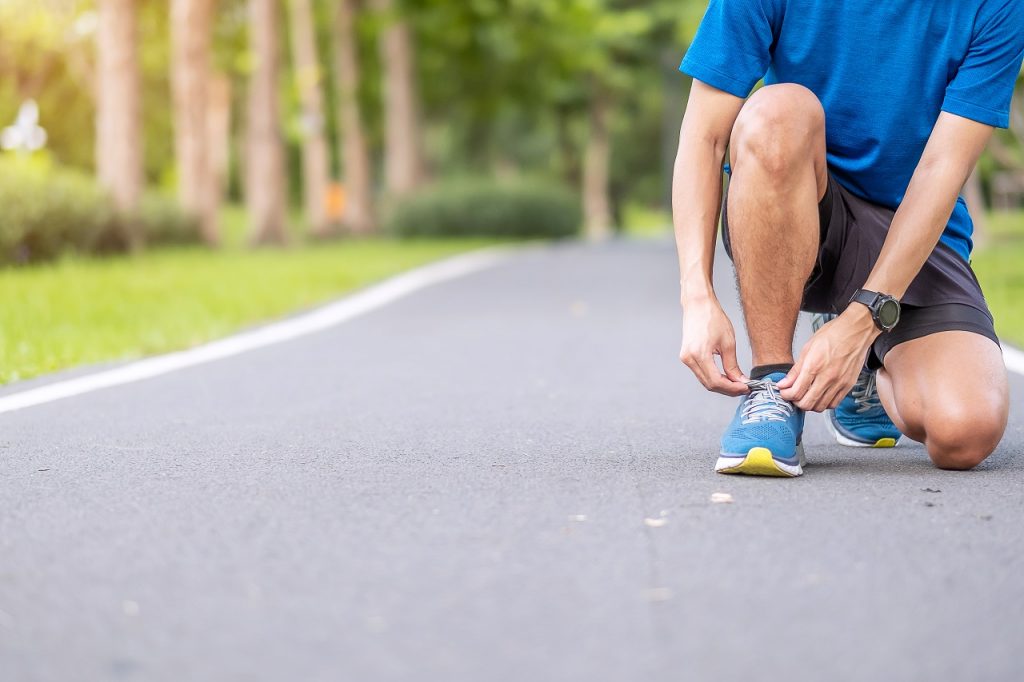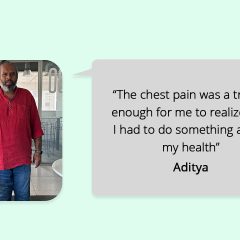 Our world is becoming healthier with people opting for a healthier lifestyle that involves clean eating and staying active. The first attempt to keep ourselves healthy begins by being active. However, being active also means taking good rest after any physical activity. Our body requires a rest period between our workout days. But, there are a few who tend to overdo it. You may see this group of people working out all seven days intensely without a rest day.
Our world is becoming healthier with people opting for a healthier lifestyle that involves clean eating and staying active. The first attempt to keep ourselves healthy begins by being active. However, being active also means taking good rest after any physical activity. Our body requires a rest period between our workout days. But, there are a few who tend to overdo it. You may see this group of people working out all seven days intensely without a rest day.
Why Is Rest So Important?
Rest means a state when the body is inactive. Inactivity helps the body relax and gives it time to recover strength after any kind of exertion. Our body requires rest because every time we workout, we are tearing our muscles and continuous workout without a rest period may cause further injury to the muscles.
Why Is It Important To Rest After Training?
Resting your body helps in repairing and healing of the torn muscle fibers and enhances the performance. If you don’t rest, you could be prone to facing any of the issues below:
- Injuries & drop in performance: Muscle sustains tiny tears when we workout. Rest after training helps in healing those tears. When we do not give rest to the muscle and over-train, it then it leads to serious injuries. What happens when you do not sleep for more than 24 hours? You are drowsy, concentration drops and so does your performance. This is exactly what happens with your body when you over train it. The performance drops due to injuries and inadequate rest of the muscles.
- Longer recovery time: Due to over training of a muscle, the amount of time taken for recovery increases. If you are working out 4-5 days a week and taking rest for 2-3 days, the time taken to recover is shorter. Whereas, when you do not take rest, the body needs extra time to repair the damages caused by over training. Bigger the damage, longer the recovery time. You can keep your rest period short by taking adequate rest in between your training sessions.
- Loss of motivation to train: As you over train the muscles, the performance drops and it also affects your motivation level. Due to inadequate rest, the muscle loses the capacity to grow and instead bear severe injuries. These negative changes in the body affect a person’s motivation levels and leads to loss of interest in the training program. With low interest, one might feel forced to do the workout instead of looking forward to it.
- Immunity: When your muscles are over trained and injured, the energy reserved for the proper functioning of your immune system is directed towards the repair of the damaged muscles and bones. As a result your immune system doesn’t function optimally.
To train at your optimum level, take a break and relax your muscles. If this article helped you, let us know your thoughts in the comments below. You can find more articles on fitness and training here. You can also speak to our experts to develop a training schedule as per your needs by subscribing to GOQii’s Personalised Health Coaching here.
Train Smart and #BeTheForce




